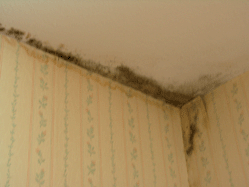Airborne enzyme measurements to detect indoor mould exposure
Abstract
Mould in buildings constitutes a threat to health. Present methods to determine the moulds comprise counting of spores or determination of viable moulds which give imprecise measures of total mould


 Please wait while we load your content...
Please wait while we load your content...